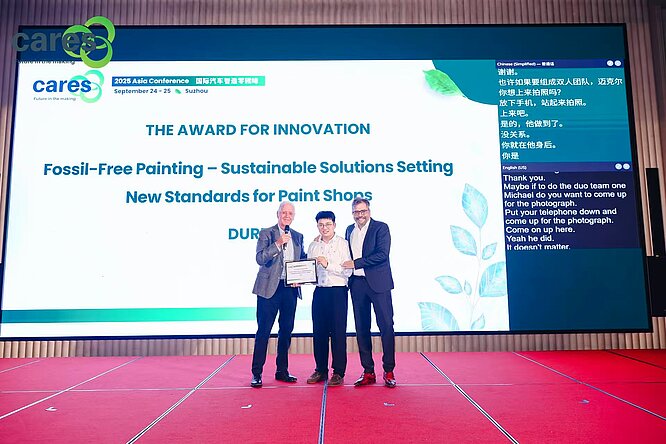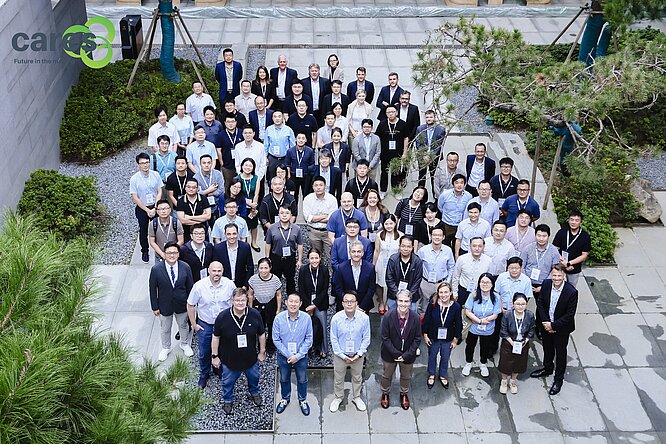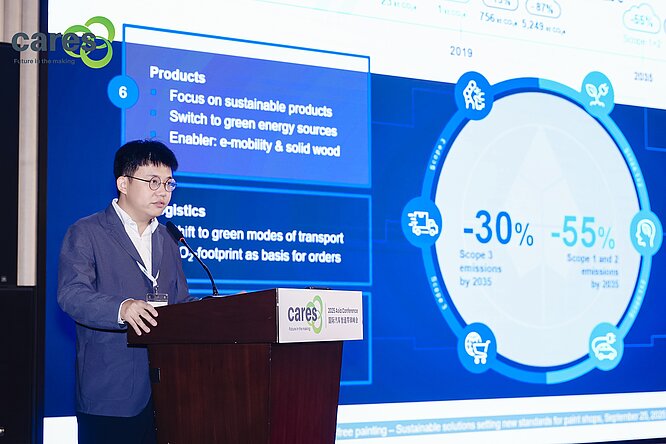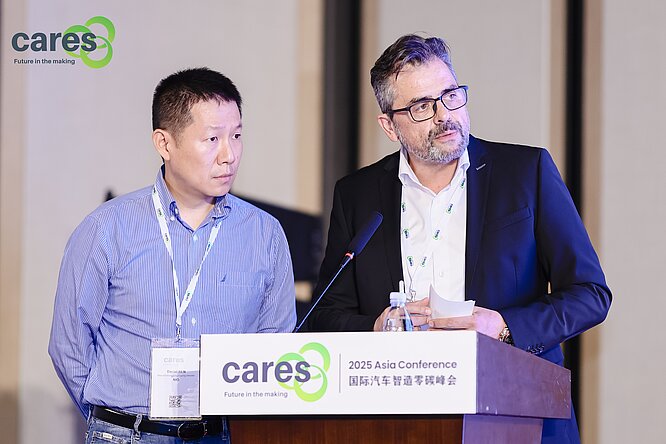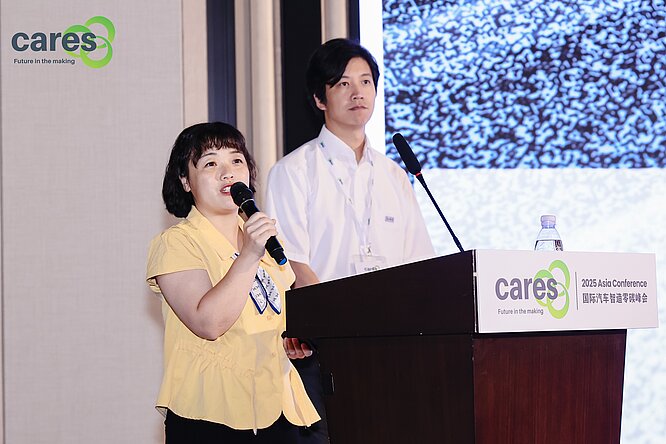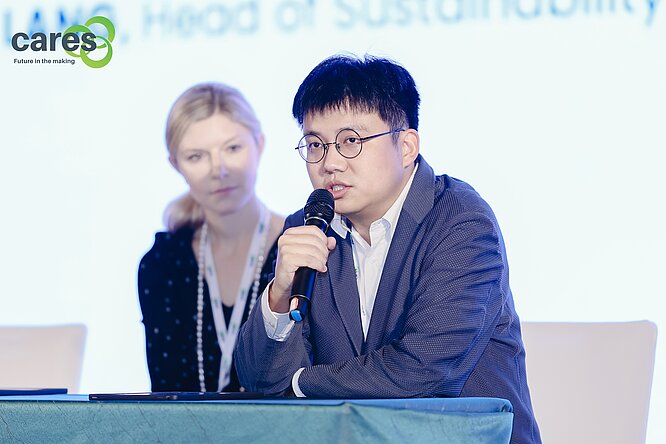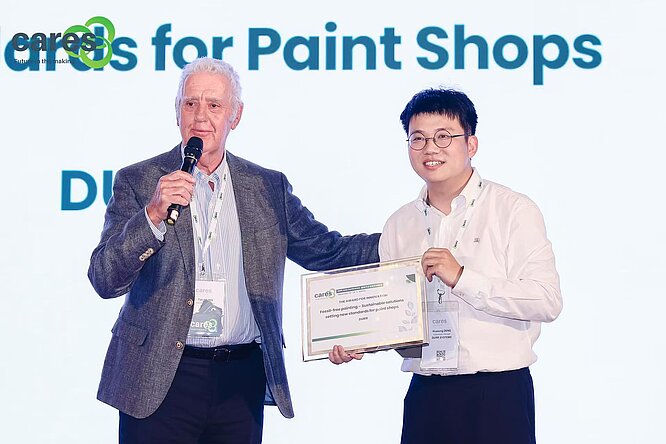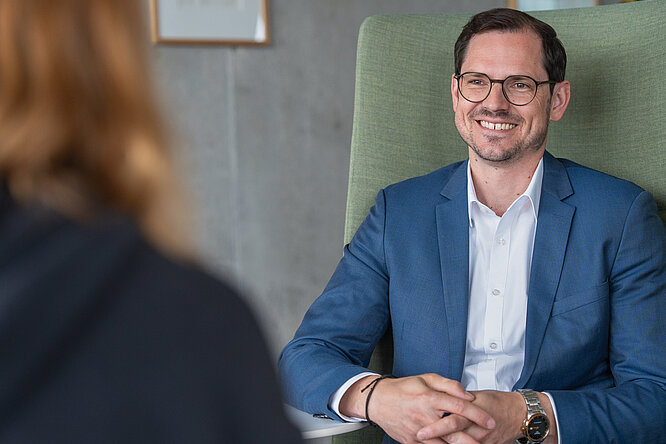Innovations for the aircraft industry
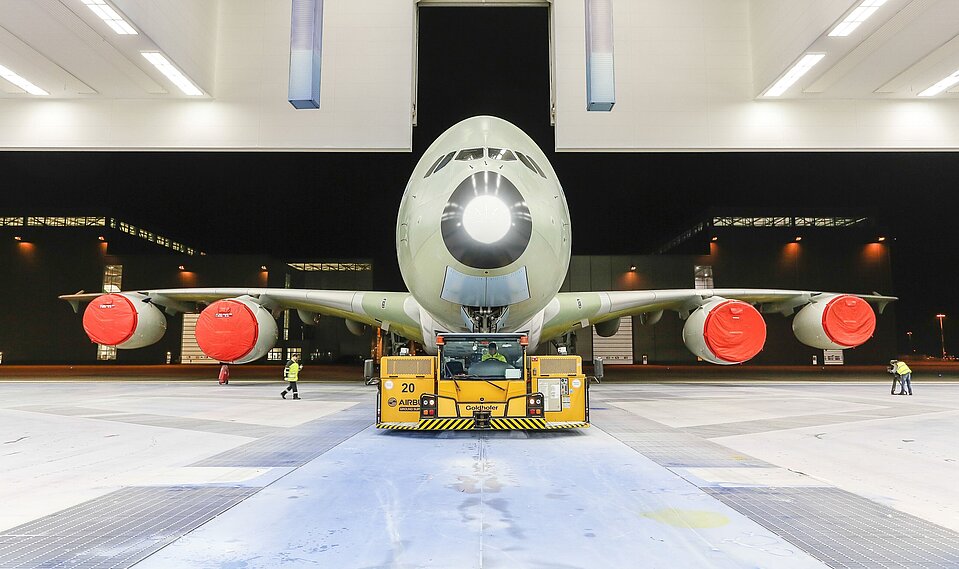
Automating aircraft painting presents challenges due to the enormous variety of processes and components, ranging from small parts to large assemblies like wings, which have a surface area of around 250 m2. Additionally, the diverse materials, quantities, and processes require tailored solutions.
Sustainability and automation as future trends, along with the complexity of aircraft painting, require a new approach. At Dürr, we have come up with a structured three-step analysis to design efficient and sustainable solutions using modern technologies, enabling aircraft components to be coated in an automated process.
Marc Furmannek
Dürr Systems AG, Germany

Dürr’s three-step analysis begins with a focus on the assemblies and components, considering their size, quantity, and required processes – including cleaning, activation, and painting – which are critical to system design. Next, the location of the paint shop is analyzed, as climatic and regulatory conditions influence planning and implementation. Finally, additional customer requirements, such as sustainability targets, the desired level of automation, and integration with other processess, are taken into account. This structured approach ensures optimal results.
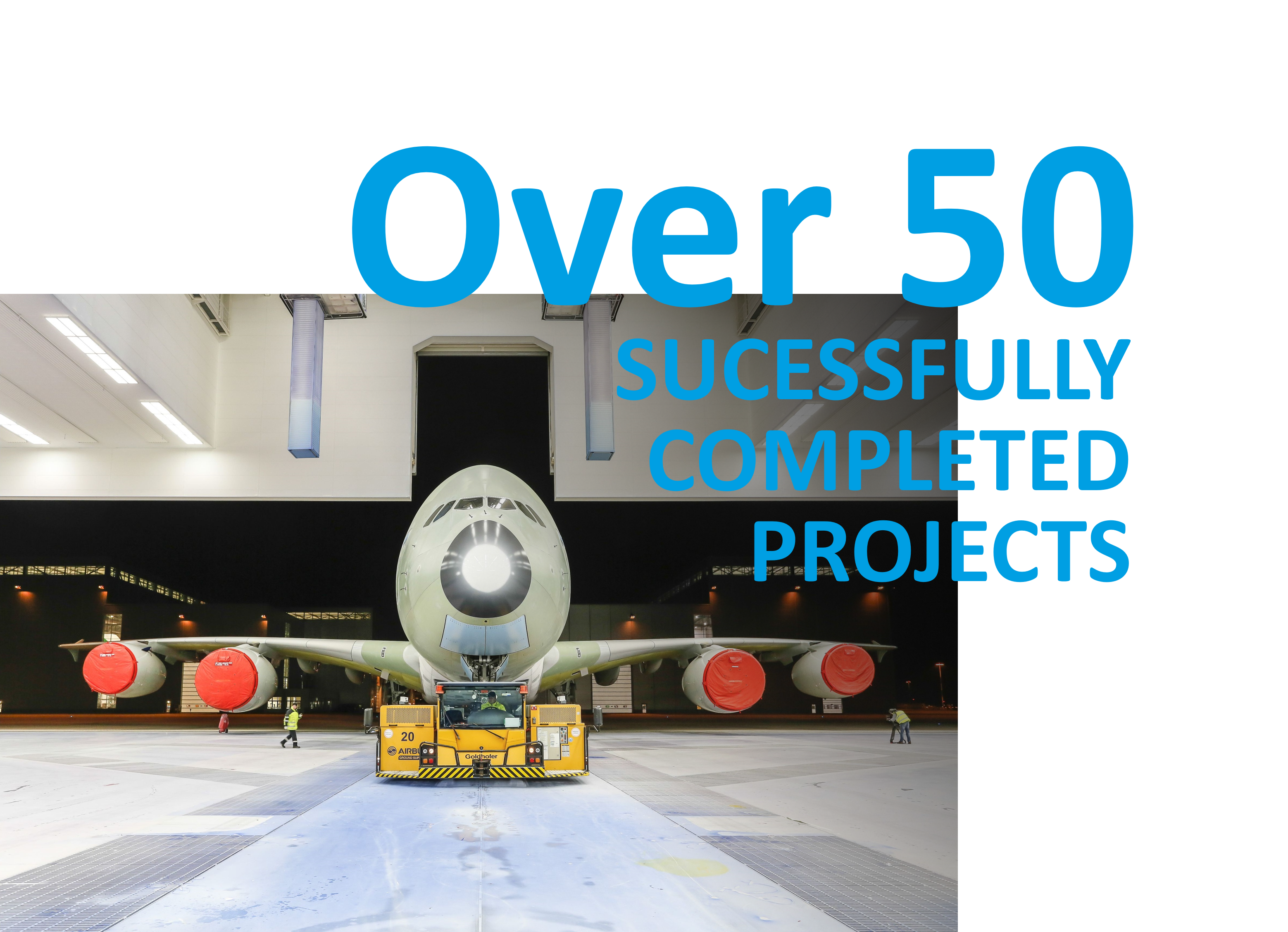
Dürr’s expertise in aircraft painting is demonstrated by more than 50 successfully completed projects. Since 2017, the company has consolidated this knowledge at its Aircraft Competence Center in San Sebastián, Spain. As a strategic partner to leading aircraft manufacturers, the Competence Center holds top certifications in quality management and develops tailored solutions to meet specific customer requirements.
In the Competence Center, research and practice go hand in hand. We continuously integrate the latest developments and future trends, sharing insights at conferences and trade fairs to drive progress in aircraft painting. In customer projects, we focus on future-proof solutions that optimally combine efficiency and cost control.
Luis Echeveste
Managing Director, Dürr Systems, Spain
Dürr is setting new standards for sustainability in aircraft painting with turnkey paint shops. Its comprehensive service portfolio includes design, simulation, implementation, servicing, production software, and environmental technologies. By combining these skills, Dürr can unlock tremendous potential to optimize work steps throughout the entire painting process, making them more efficient and reducing waste. Here are three examples:
- Air pollution control: As the first all-electric exhaust air purification system in the aircraft industry, the Oxi.X RV enables a leading manufacturer to significantly reduce carbon and nitrogen emissions. Its innovative design removes pollutants without the need for an open flame, ensuring a completely emission-free process when powered by green electricity.
- Automated application: To meet the complex demands of an aviation and aerospace group, Dürr developed the first mixing system capable of processing both water- and solvent-based paint systems with two (2C) and three (3C) component formulations depending on viscosity – directly at the robot. By mounting the dosing and mixing technology close to the EcoGun spray guns, paint and solvent losses during color changes are minimized, resulting in significant material savings and increased efficiency.
- Heat pumps: Dürr’s EcoQPower concept is transforming energy efficiency in aircraft painting. Two low-carbon booth heaters are already in operation, using integrated heat pumps that recover and redistribute energy within the system. By optimizing all energy flows across process steps, this approach significantly reduces energy consumption and carbon emissions. The Fraunhofer Institute for Building Physics has validated these reductions, confirming the system’s effectiveness in enhancing sustainability throughout the entire utilization phase.
What does the future of aircraft painting look like?
Sustainability is no longer just a trend – it is driving innovation in production technology. Dürr is already offering technologies and concepts to modernize aircraft painting, an area that remains largely manual, and prepare it for the future.
Our vision is carbon-neutral paint shops for the aviation industry, featuring automated painting processes that increase efficiency, availability, and quality. We rely on innovative technologies to align sustainability with top performance.
Luis Echeveste
Managing Director, Dürr Systems, Spain
The first step towards this vision is improving energy efficiency to lower fossil fuel consumption and carbon emissions. Next comes energy recovery, optimizing the use of resources. Finally, transitioning to renewable energy will be the key to eliminating fossil fuel reliance and achieving emission-free operations.
Dürr is laying the foundation for sustainable aircraft painting with state-of-the-art machines, high-precision application systems, and intelligent paint shop concepts. One example is overspray-free painting with EcoPaintJet Pro, a technology already proven in the automotive industry and other sectors. This innovation will enable the automated coating of entire aircraft, including sharply contoured logos and design elements. It also offers multiple advantages: less waste, since plastic films or adhesive tapes are no longer needed, no filters or auxiliary materials for overspray separation, and 100% utilization of the paint used. With innovations like these, Dürr continues to increase efficiency while conserving resources – where efficiency meets sustainability.
